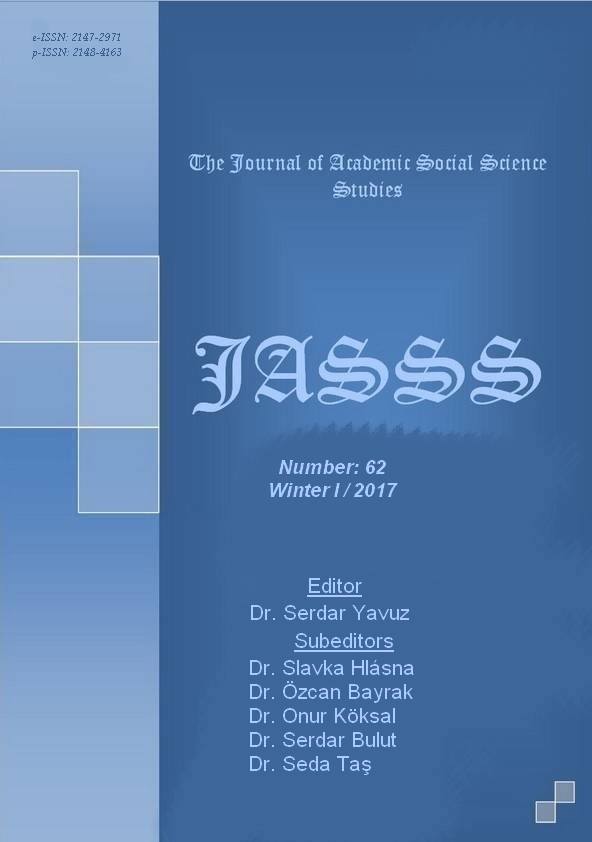Author :
Abstract
Fikri ve sınai mülkiyet hakları arasında yer alan coğrafi işaretler, yöresel ürünlerin ve yerel değerlerin pazarlanması açısından bölgesel turizmde önemli bir potansiyele sahiptir. Coğrafi işaretler, günümüzün alternatif turizm arayışları çerçevesinde değişen turizm talebine cevap verebilecek yöresel ürünlerin turistlere sunulmasını ve bu ürünlerin koruma altına alınmasını sağlamaktadır. Yerel değerlerin cazibesini arttırarak talep edilmesinde önemli rol oynayan coğrafi işaretler, yöresel ürünlerin korunarak nesilden nesile aktarılmasını mümkün kılmakta ve böylece kırsal kalkınma ve sürdürülebilir turizmle de ilişkilendirilmektedir. Çalışmanın amacı, coğrafi işaretlerin bölgesel turizm açısından ele alınarak Muğla’daki mevcut durumun değerlendirilmesi ve Muğla’da coğrafi işaret tesciline sahip olan yöresel ürünlerin bölgesel turizme kazandırılması çerçevesinde mevcut potansiyelin ortaya konulmasıdır. Çalışmada, ilgili kurum temsilcileriyle görüşmeler yapılarak Muğla iline yönelik SWOT analizi gerçekleştirilmiştir. Bu bağlamda Muğla’da coğrafi işarete sahip olan yöresel ürünlerin bölgesel, ulusal ve uluslararası pazardaki etkinliğinin arttırılmasına ilişkin çözüm önerileri sunulmuştur. Elde edilen sonuçlara göre Muğla’da coğrafi işarete sahip ürünlerden Milas El Halısı ve Bodrum Mandarini’nin turistik bir ürüne dönüştürülmesi için yoğun bir çaba gerektiği anlaşılmıştır. Özellikle Milas’ın bir turizm kenti ve el halısının tarımsal bir gıda ürünü olmaması, Milas El Halısı’nın turistle buluşmasını güçleştirmektedir. Bodrum Mandarini ise yerel halkın mandarin ile geçmişten gelen gönül bağı ve Bodrum’un bir turizm kenti olması nedeniyle bölgesel turizm açısından daha yüksek bir potansiyel taşımaktadır.
Keywords
Abstract
Geographical indications, holding a place among intellectual and industrial property rights, has significant potential in regional tourism with regards to marketing of local products and local values. Geographical indications provide local products, which can respond to changing demands of tourism in the context of today's search for alternative tourism, to be presented to the tourists and ensure the conservation of these products. Geographical indications which play an important role in the demand for local values by increasing the attractiveness of them, are also associated with rural development and sustainable tourism by making it possible to protect local products and to transfer them from one generation to the another. The aim of this study is to evaluate the current situation of geographical indications in Mugla with regards to regional tourism and to reveal the existing potential in the context of bringing in registered local products with geographical indications to regional tourism in Mugla. In the study, a SWOT analysis conducted for the province of Mugla through interviews with representatives of relevant institutions. In this context, solution proposals are presented concerning to increase the efficiency of regional products of Mugla with geographical indications in regional, national and international market. According to the results obtained, among the products having geographical indication in Mugla, it is understood that an intensive effort to transform Milas Handmade Carpets and Bodrum Mandarin into a tourist product. In particular, for Milas not being a tourist town and for its handmade carpets not being a agricultural food product, makes it difficult for Milas Handmade Carpets to meet tourists. For Bodrum Mandarin, having historical emotional bond with the locals and for Bodrum being a tourist town, wherefore it carries a higher potential in terms of regional tourism.





